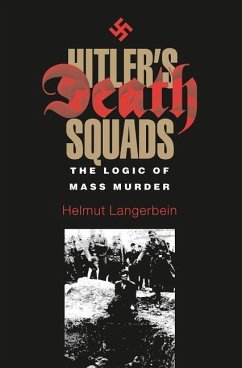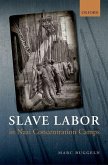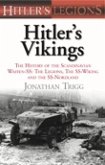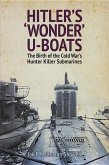In the preparations for the German invasion of the Soviet Union, special units known as the Einsatzgruppenwere formed with the special charge of executing Jews, communists, and members of other targeted groups. Drawn from the SS, the SD, and the Gestapo, members of the Einsatzgruppen had the reputation of being the most cold-blooded of all Nazi killers. After the war, the German government investigated 1,770 former Einsatzgruppen members and brought 136 of these men to trial. Helmut Langerbein has systematically examined the trial evidence in search of characteristics shared by these mass murderers. Using a much broader data base than earlier studies, Langerbein identifies a number of factors that could explain their actions, illustrating each with a particular person or group of officers. Particular traits and degrees of anti-Semitism, self-aggrandizement, sense of duty of obey superiors, and peer pressure may each have played a role in the cases of individual officers, but Langerbein concludes that the only characteristic common to all his subjects was the war itself. It was above all the extraordinary circumstances and brutality of the Eastern Front that shaped their behavior. Given the extent of its data, its detailed analysis, and its careful conclusions, "Hitler's Death Squads will push historians and psychologists toward a reappraisal of the men behind the battle lines, and the overwhelming power of circumstance. Langerbeins chilling conclusions, which challenge the leading theories explaining why people commit mass murder, will be of intense interest to those concerned with World War II, the Holocaust, Eastern Europe, warfare, war crimes, genocide, and human behavior.








